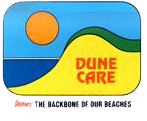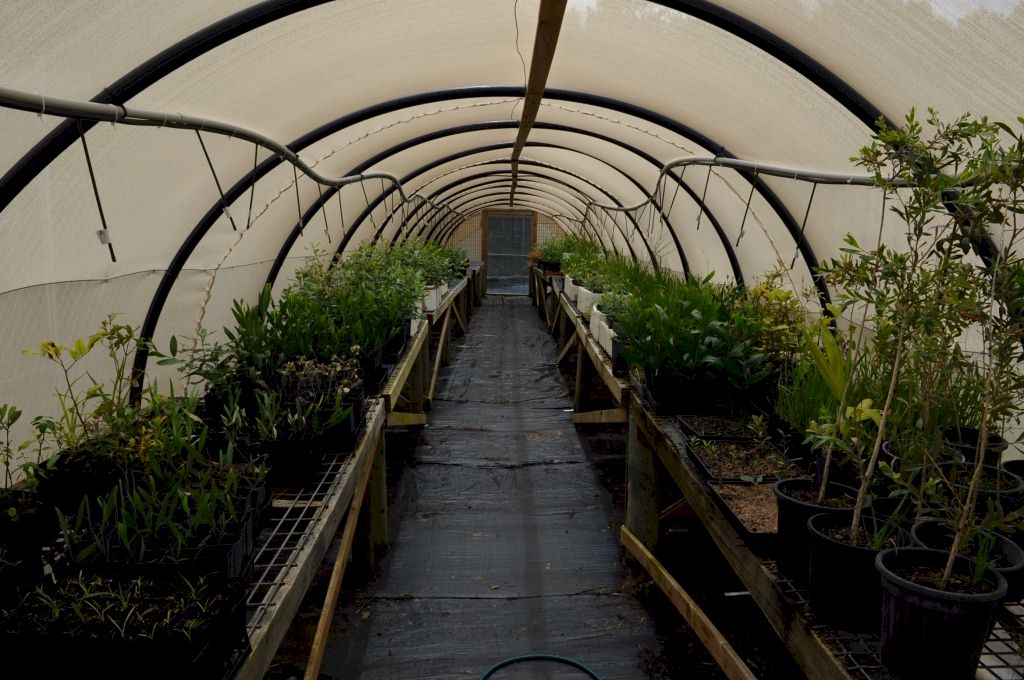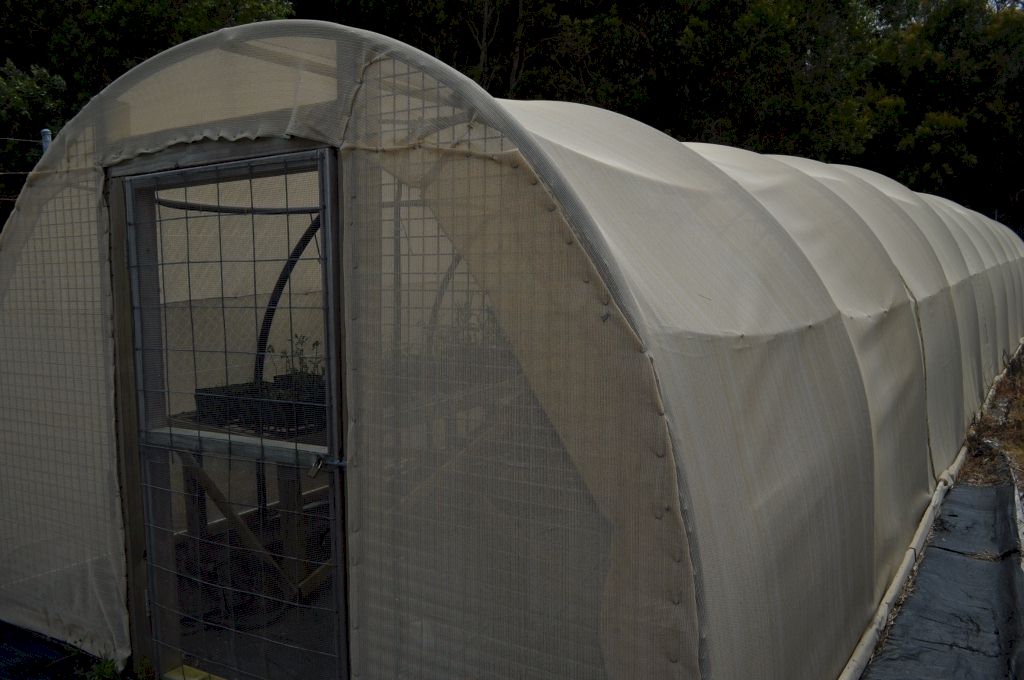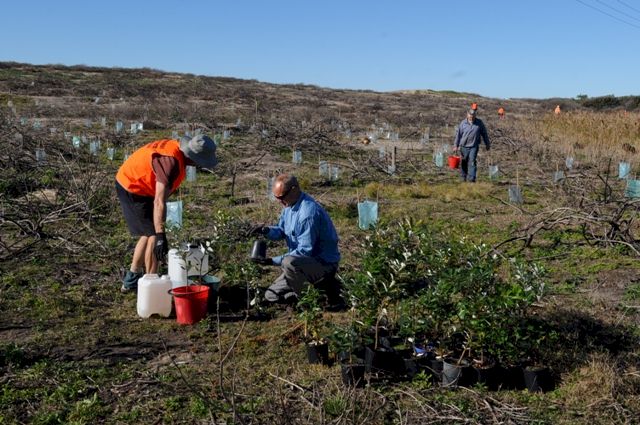 |
Budgewoi Beach Dunecare Inc |
 |
Budgewoi Beach Dunecare Inc |
Propagation
|
The propagation igloo contains an automatic watering system and can house over 5,000 tube stock.
|
||
 |
 |
|
Propagation – (locally indigenous species)
An important part of coastal restoration is using locally indigenous plants. Locally indigenous seed have the genetic makeup to withstand the specialised conditions found on our coastline.BBDC have propagated over 90% of their own plantings, with spectacular success.Seed for propagating is collected as close to the restoration site as possible, propagating in this way is thought to promote genetic and ecological sustainability in local vegetation.
To augment the cultivation of seedlings we have had to resort to taking cuttings from several plants. In 2015 we had difficulty in raising seedlings from Myoporum insulare, (Boobialla) and we also took cuttings from Correa alba. We sought advice from Australian National Botanic Gardens and Parks and received the following:
"From my experience Myoporum
insulare can be problematic to strike. Here at the ANBG we have
found a clone (genetic line) that is easily propagated using any method
or any hormone. We needed this as it is a selected species that we graft
other genera of Myoporaceae onto.
I would only be looking to use
the semi hardened tip cuttings which I would make about 10cm long,
leaving about 1/3 of the leaf. My preferred hormone is Easy Root (1.6k
IBA/1.6K NAA) for this species but if they are being difficult, then
upping that to Clonex red (8k IBA) might help. This hormone can be
diluted to 4kIBA by adding 50% water, that too makes a very useful
treatment for troublesome species and is twice as economical. Make sure
when dipping cuttings that the cuttings once cut are dipped immediately
into the hormone for about 5 to 10 seconds. Best months for us here at
the ANBG is during Winter. The soft tip cuttings have hardened by then
and propagation conditions are less likely to stress the cuttings.
Planting
 |
 |
|
Advised planting season: March through to November – Outside this window plant only when the weather is favourable and back up watering is possible. Moisture retention is the key to plant survival in coastal environments.
Prior to planting harden off tube stock for a period of two weeks by placing outside of the nursery, as close as possible to the planting environment. Watering four times weekly only.Place
plants in 10 litre bucket and pour
water into bucket until tube is
covered. Minimum soaking time is
15 minutes.
Dig a hole – deep enough for 1.5
litres of mulch and for the plant to sit
in a depression.
Mix 1.5 litres mulch into soil at base of
hole and place 40 grams of
terracottom in hole.
Pour half litre of water into hole from the
plant bucket.
Remove
the plant from the pot over the hole,
tease the roots if pot bound.
Plant and backfill.
Continue filling in using additional mulch
if available,
smoothing surrounding surface into
a dish shape for water collection.
Place
plastic net around plants that
require support or for protection
from rabbits (eg. acacia sophorie)
Fertlize with 5-10 g native fertilizer.
Water in to complete
the planting.